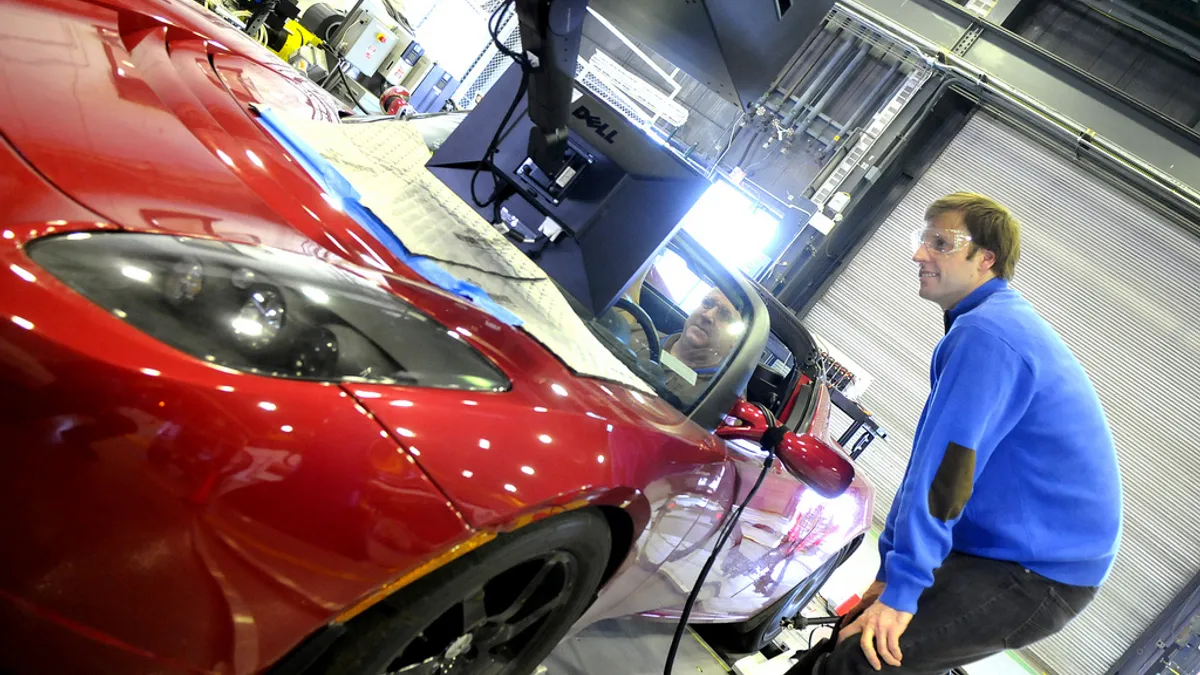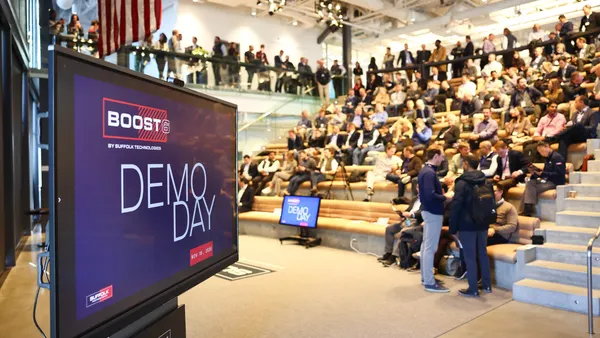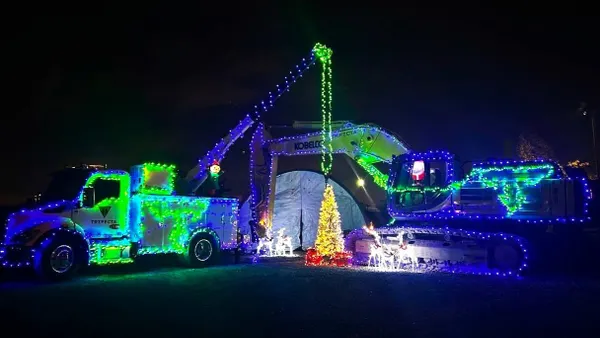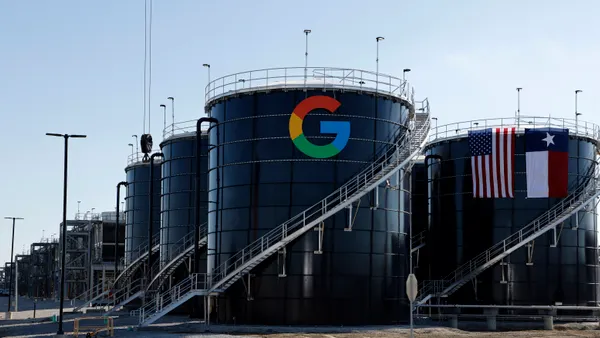Dive Brief:
- An employee of a subcontractor hired to work on a Fremont, CA, Tesla paint factory expansion claimed in a lawsuit that he and his fellow workers were paid as little as $5 an hour, the San Jose Mercury News reported.
- The allegedly underpaid workers are employees of Slovenian subcontractor ISM Vuzem, which Tesla said agreed to pay workers $55 an hour. The pay conditions came to light after one Slovenian worker was injured on the job and filed suit against Vuzem, general contractor Eisenmann and Tesla.
- Tesla CEO Elon Musk took his response to Twitter, where he posted a copy of an Eisenmann letter to Tesla that confirmed Eisenmann and Vuzem would pay workers $55 an hour along with the tweet "Tesla actually paid $55/hr."
Dive Insight:
The trouble for Tesla started when a Mercury News investigation began interviewing the injured worker, Gregor Lesnik, and his co-workers. The Mercury News said that Lesnik and "scores of other Eastern European workers" were brought to the U.S. under B1-B2 visas — which forbid the type of construction work they were doing — and paid low wages and no overtime, even though workers said they regularly worked more than 40 hours.
Although Vuzem and Eisenmann reportedly agreed to pay $55 an hour, Vuzem employees told the Mercury News that they were promised only $12.70 per hour. Lesnik's suit is asking for undisclosed damages and $2.6 million in back wages.
Eisenmann told the Mercury News in a statement that it would conduct an investigation of all its subcontractors, and any deviation in agreed-upon pay and work conditions would result in "an immediate end of the business relationship."
Tesla has also had wage-related problems on its gigafactory project in Reno, NV. In February, approximately 100 union construction workers walked off the job in protest over claims that one of the contractors had started using lower-paid workers from other states. Building and Construction Trades Council of Northern Nevada officials said the contractor used a sufficient number of local workers at the start of the project but, over time, and as Tesla gave the contractor more work, it started to replace them with out-of-state employees. In the end, the workers returned to work shortly after the walk-off.














